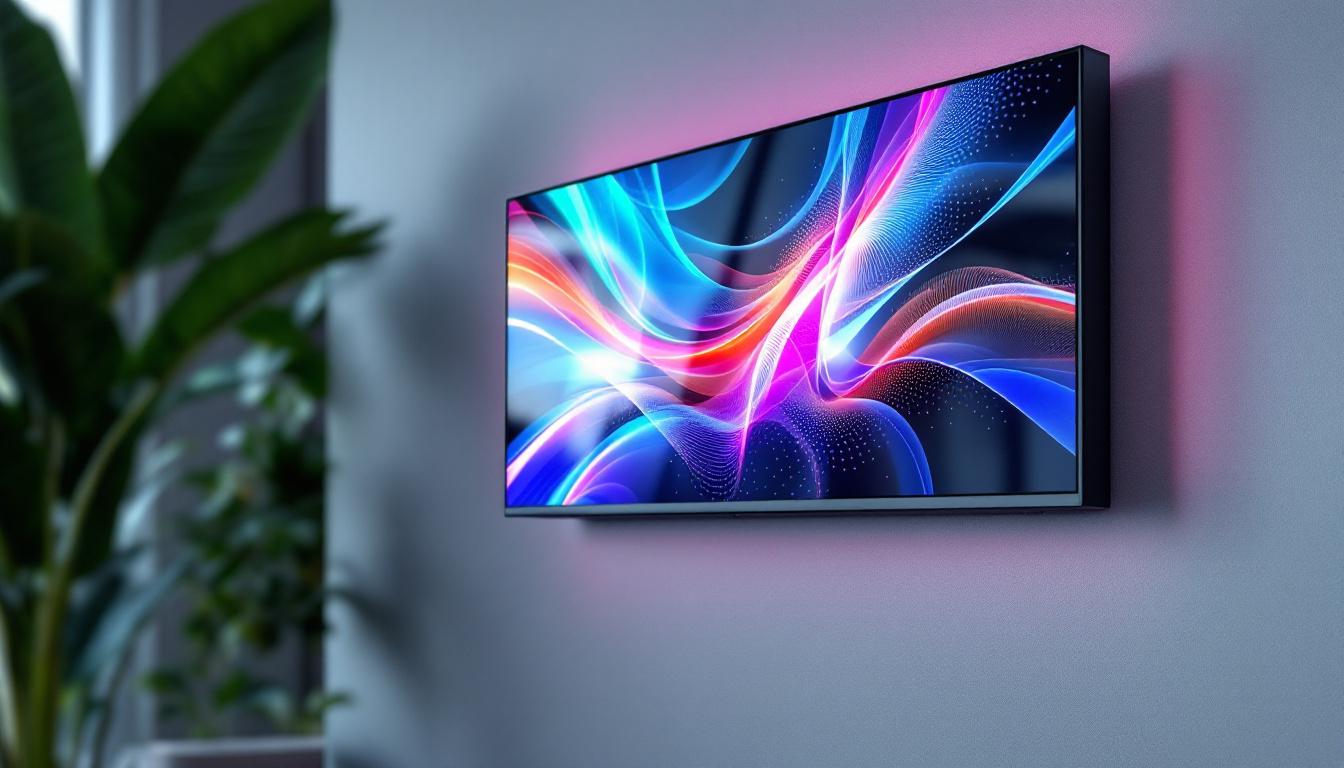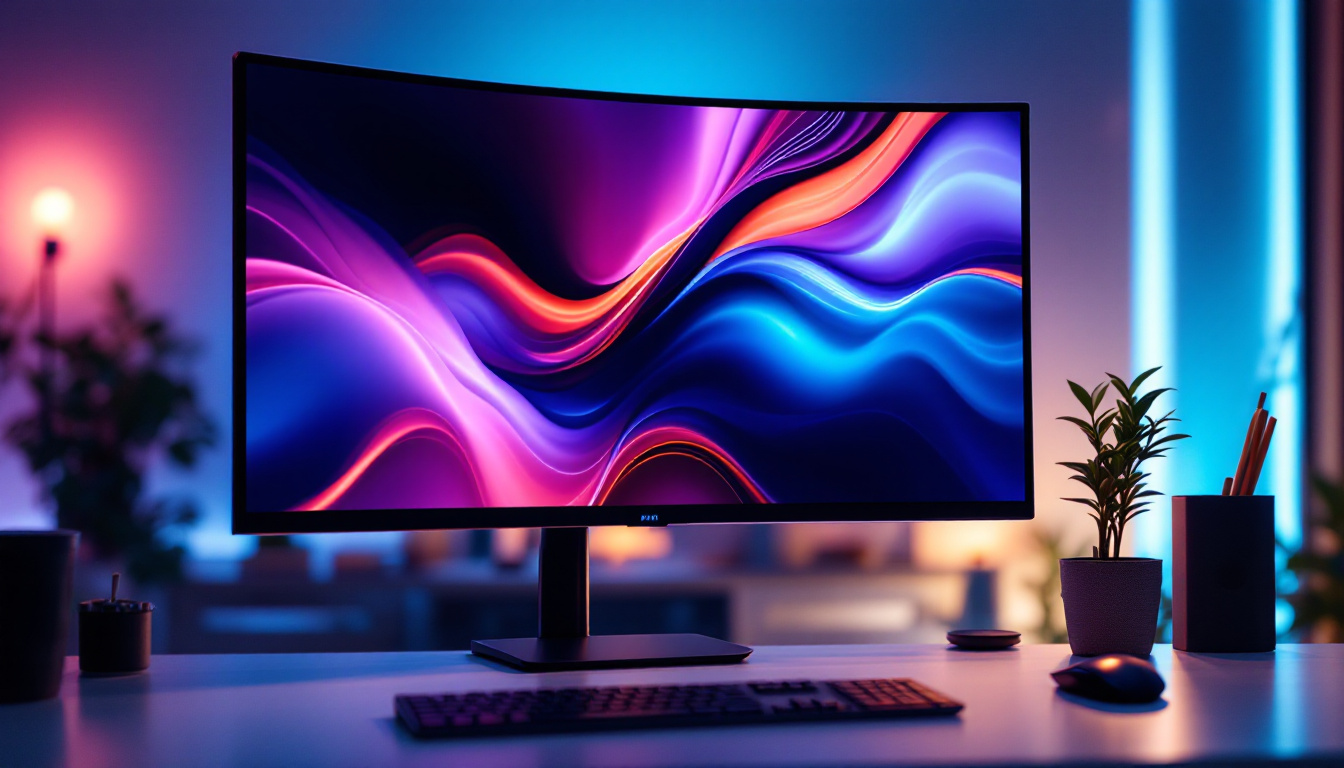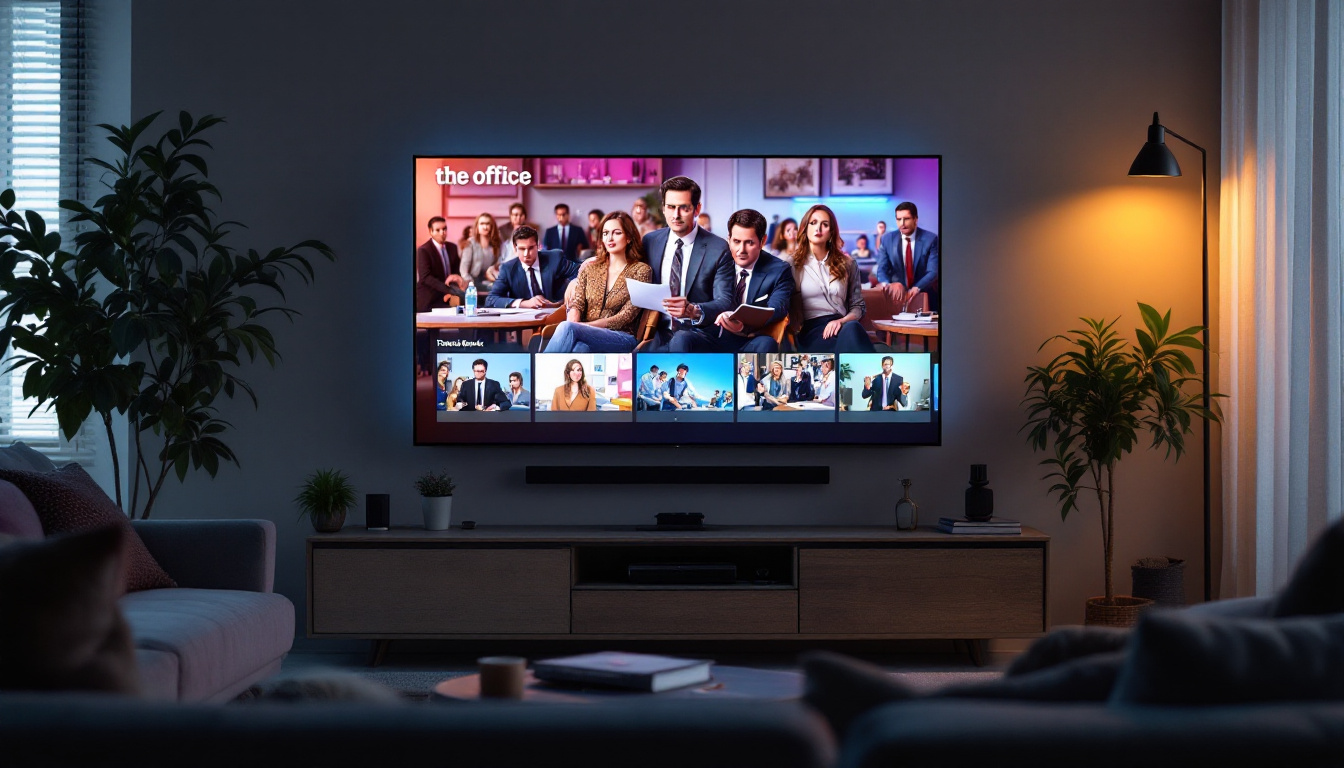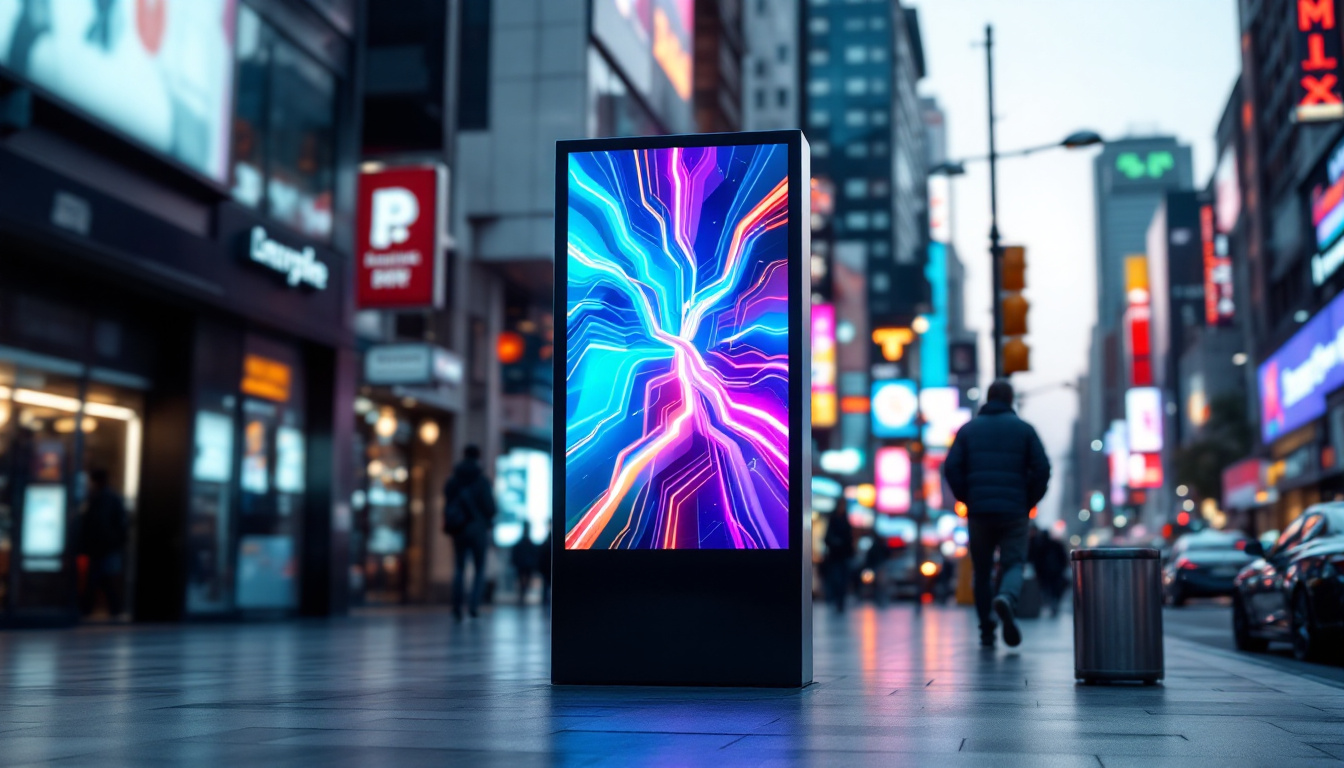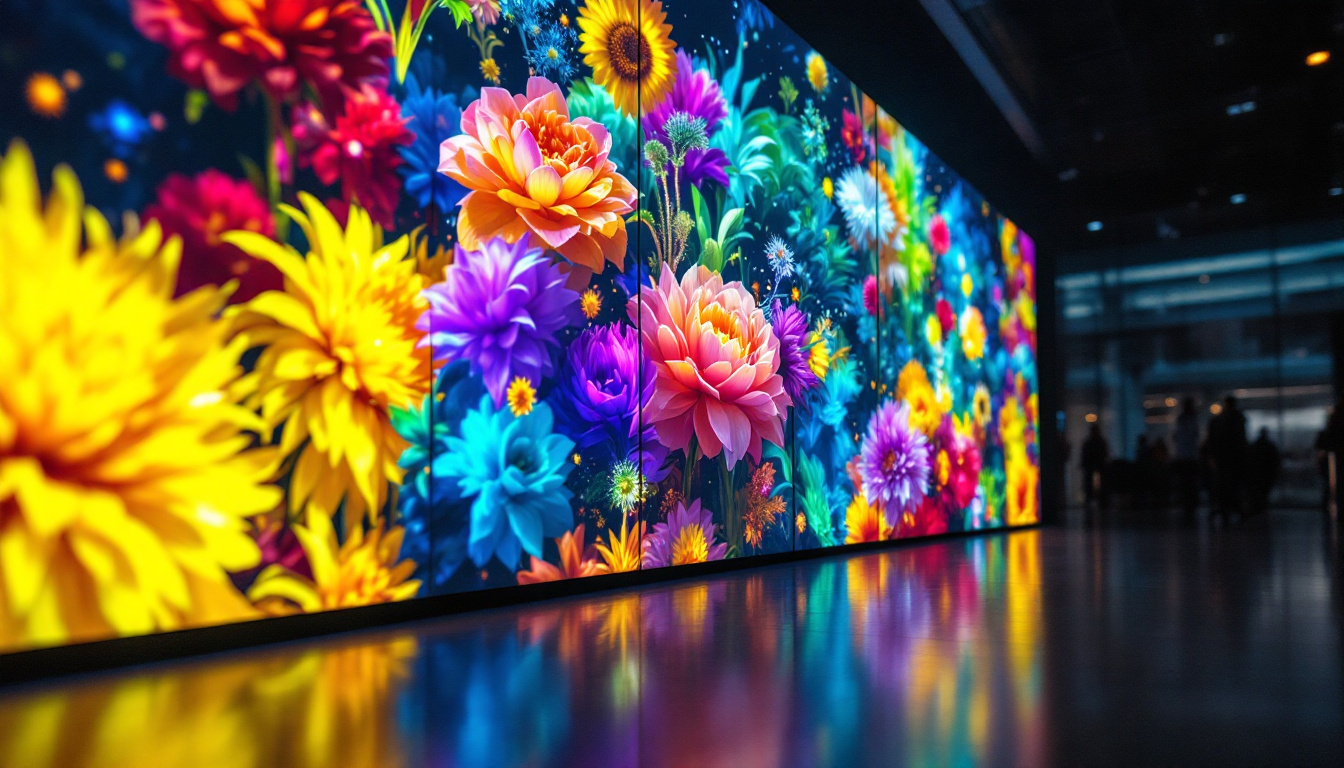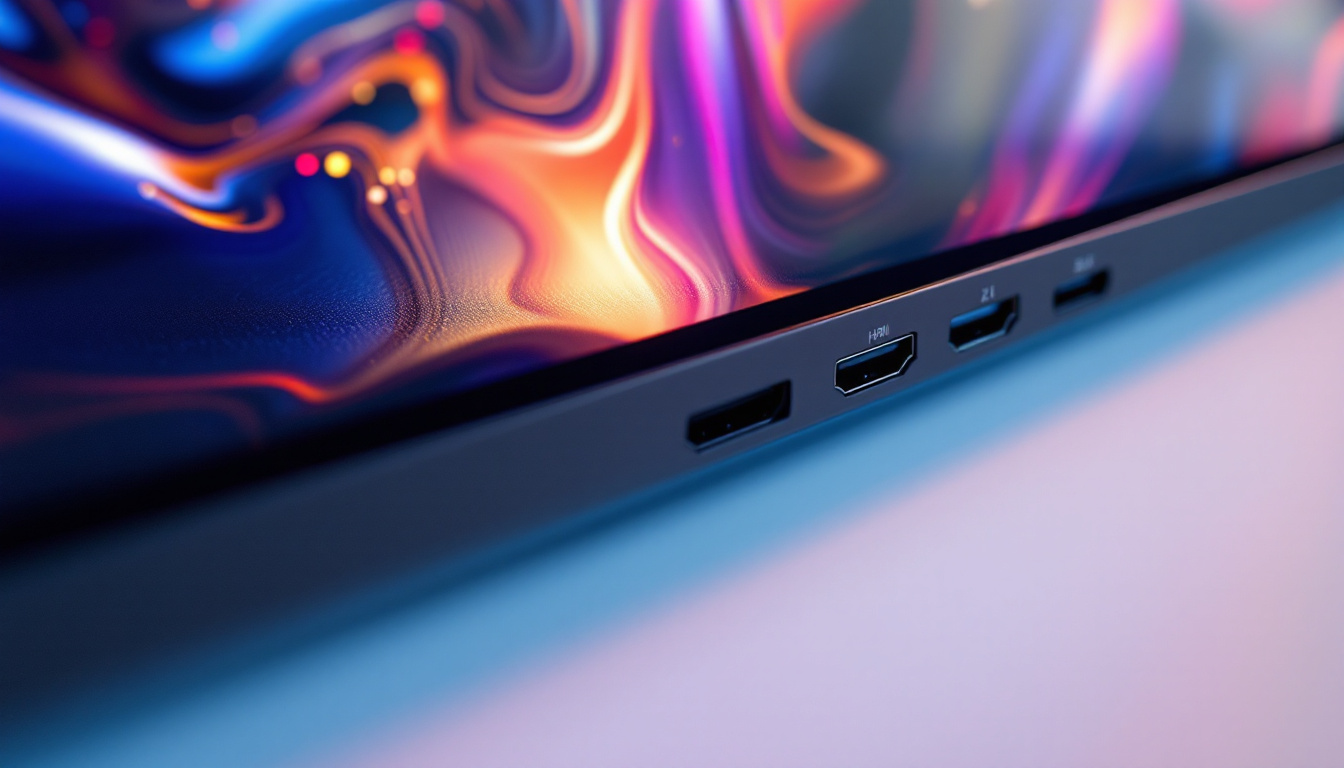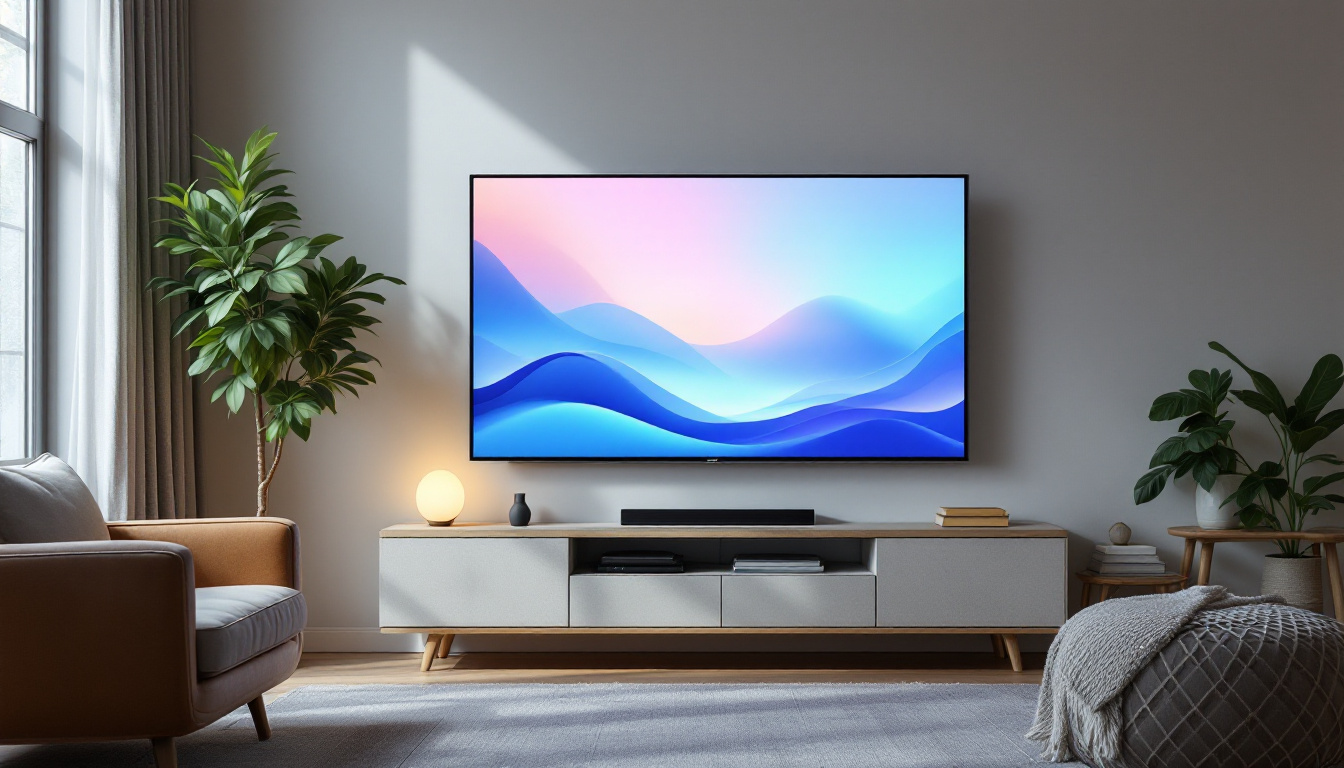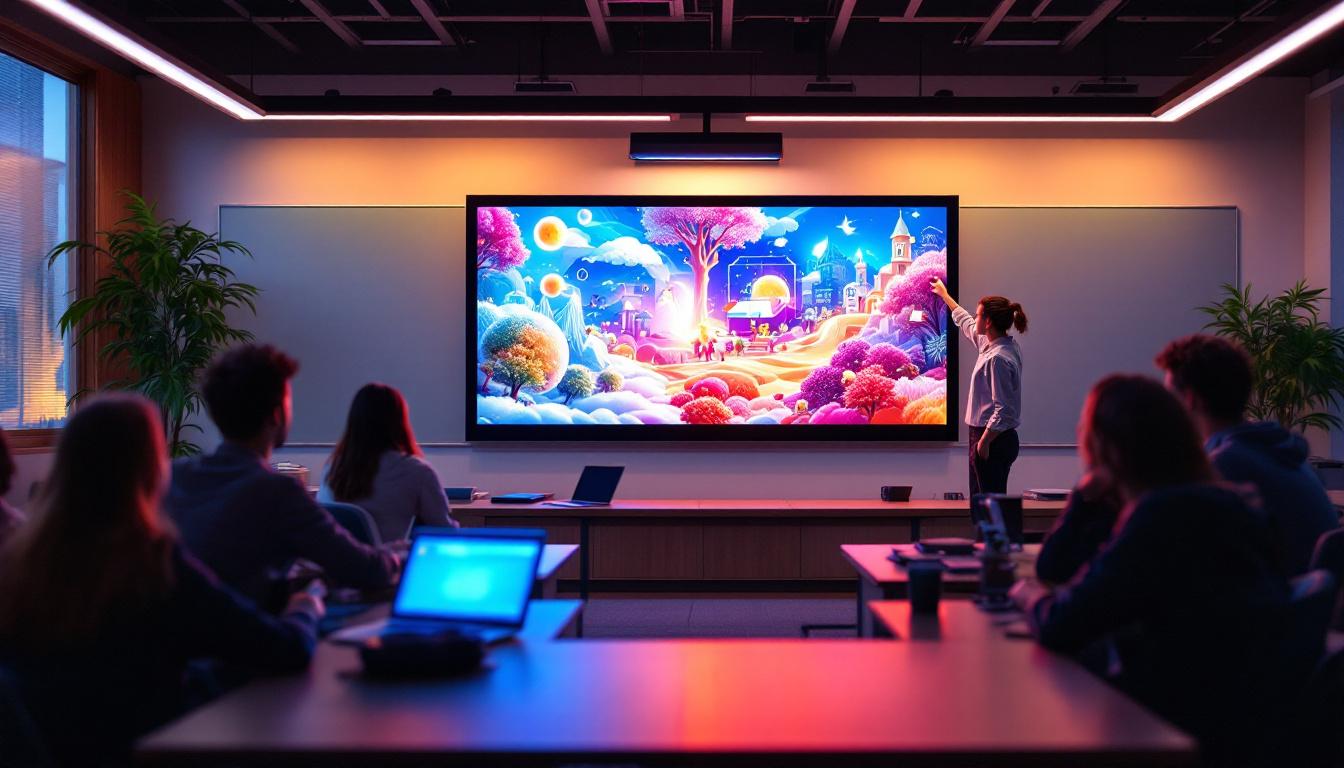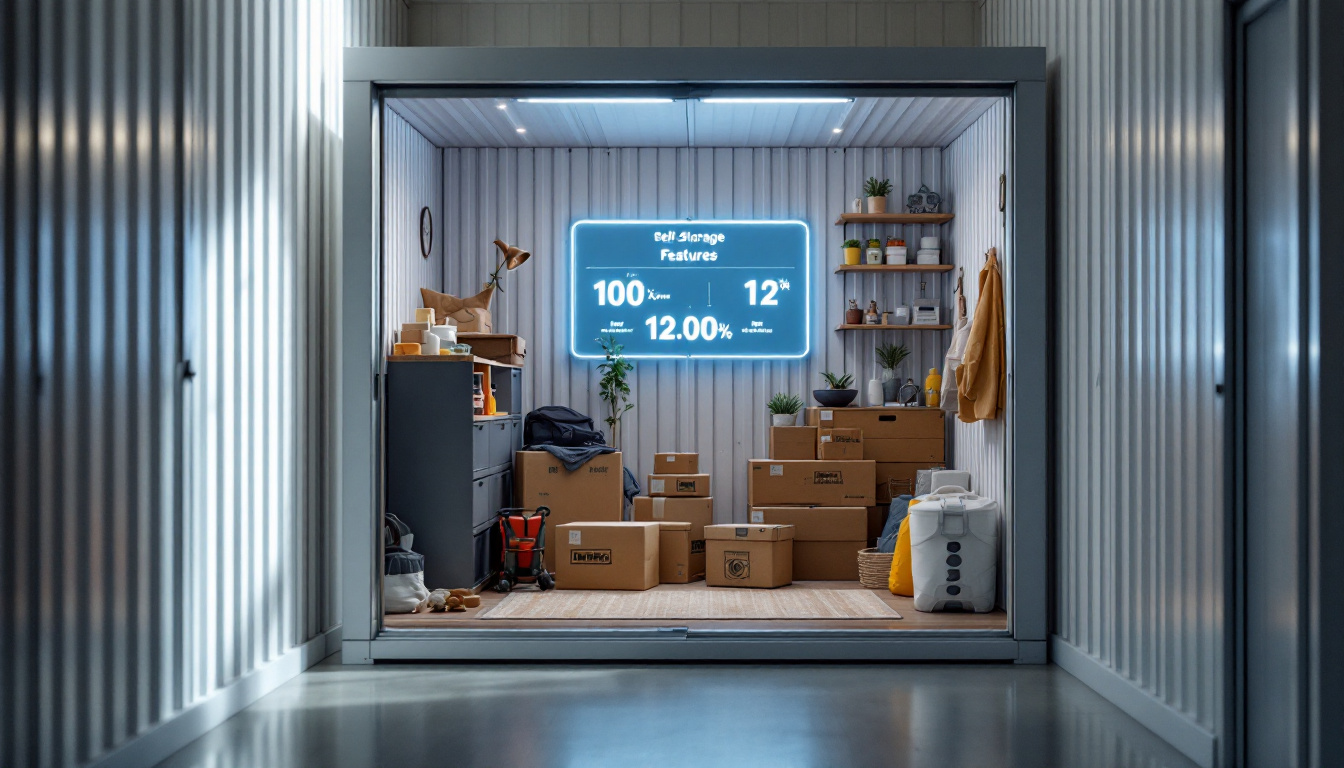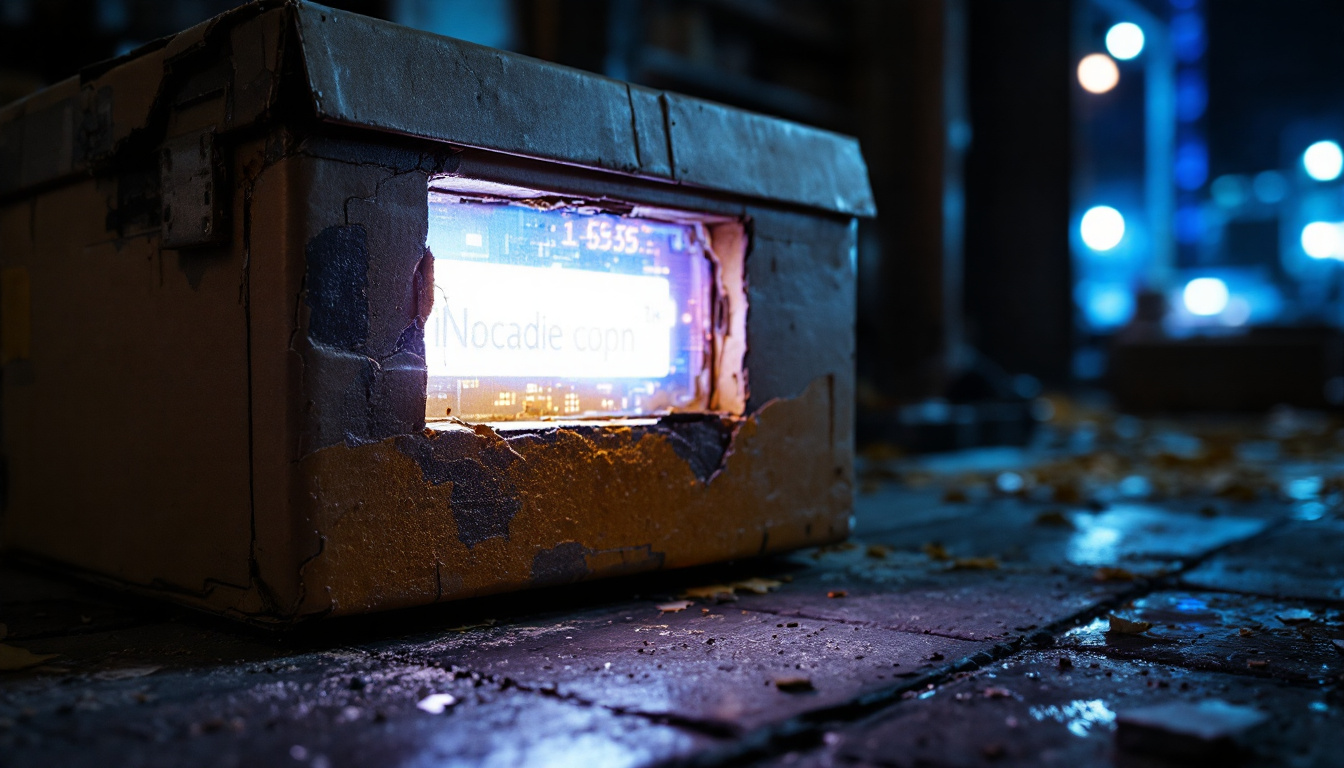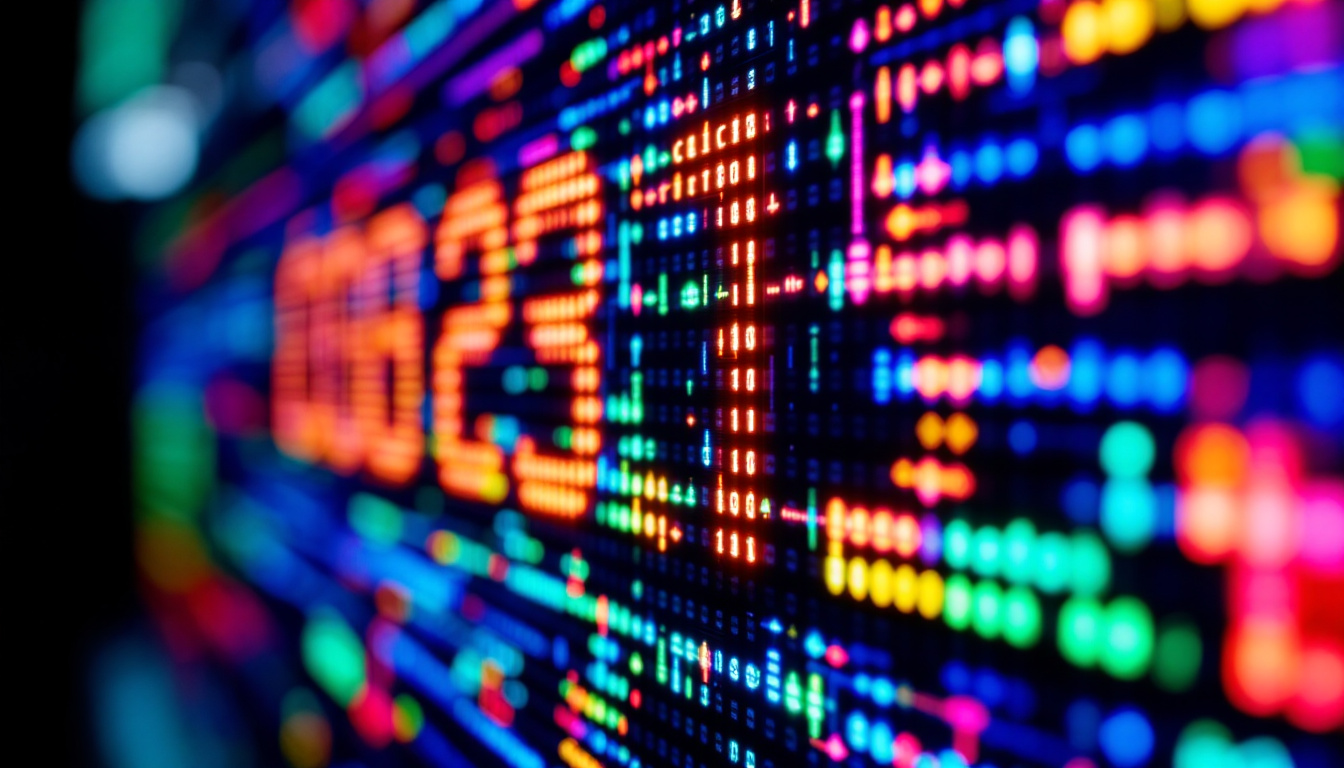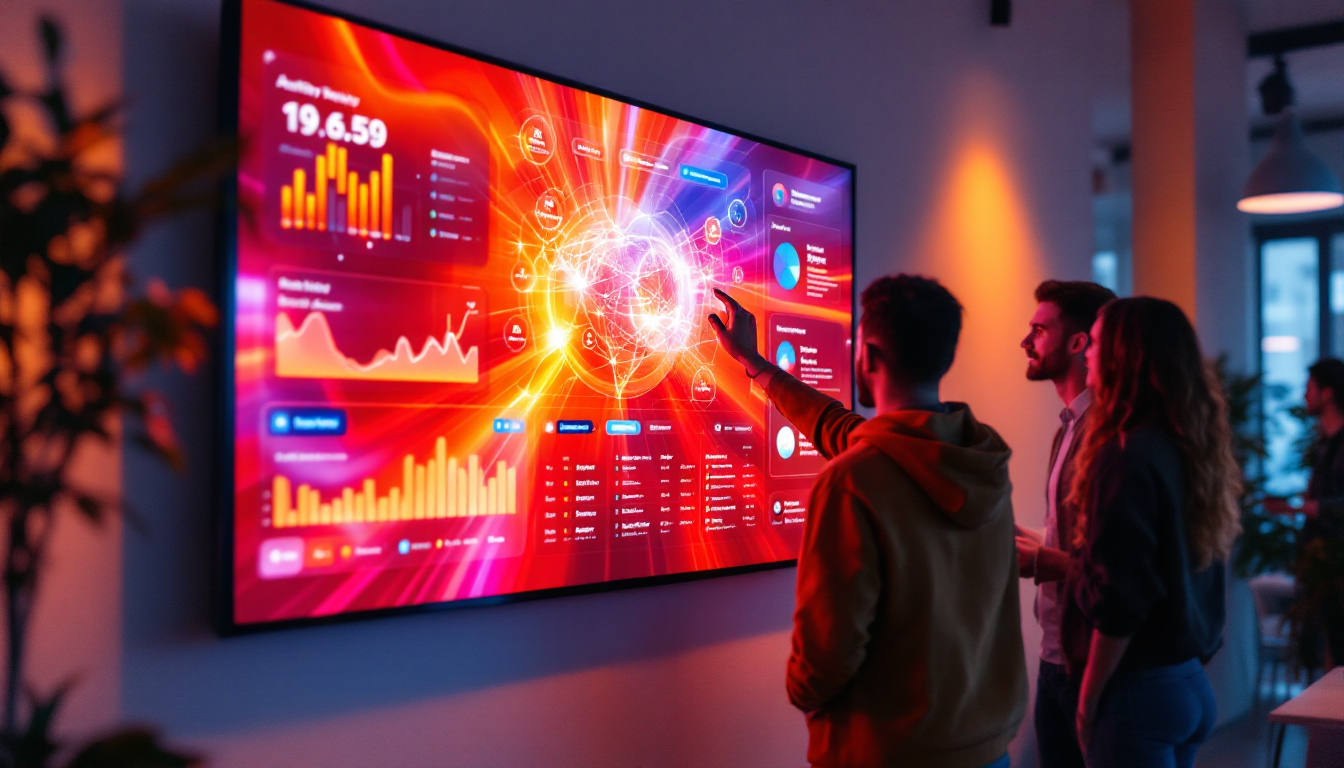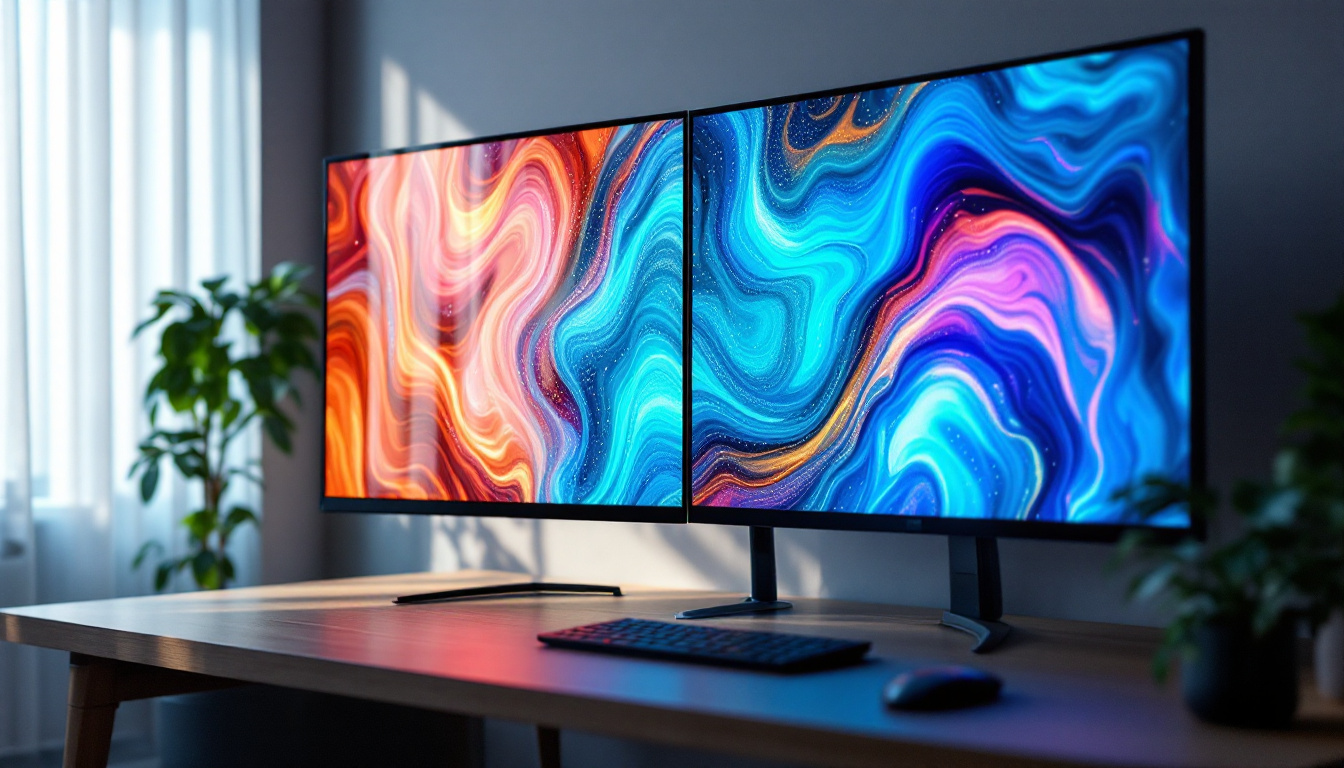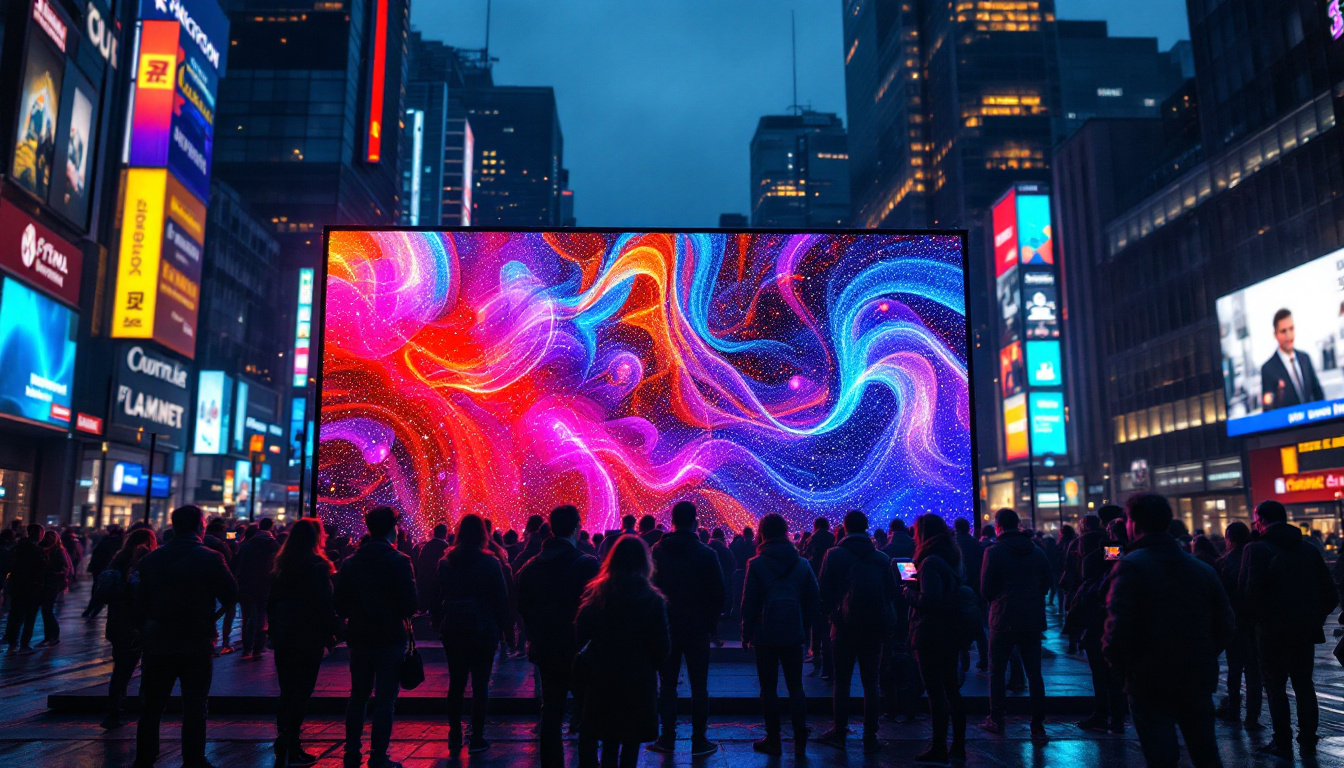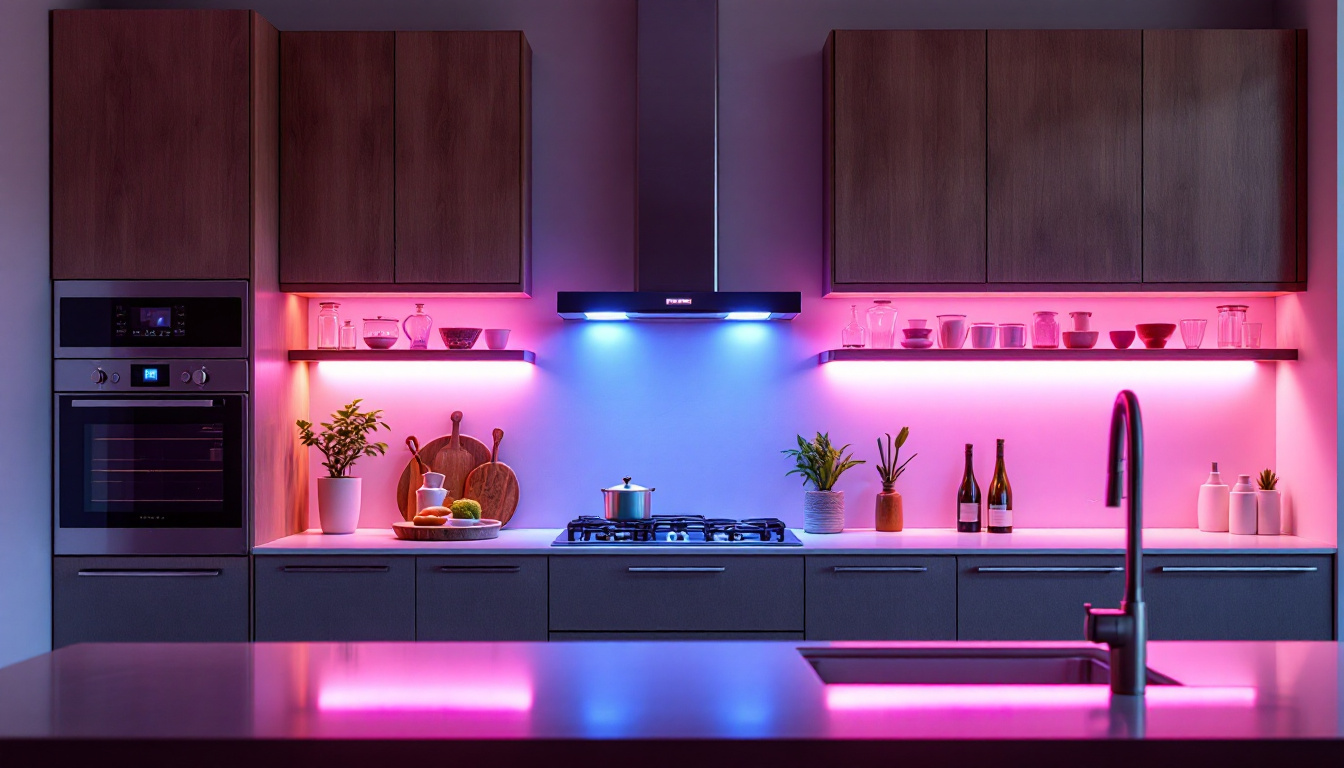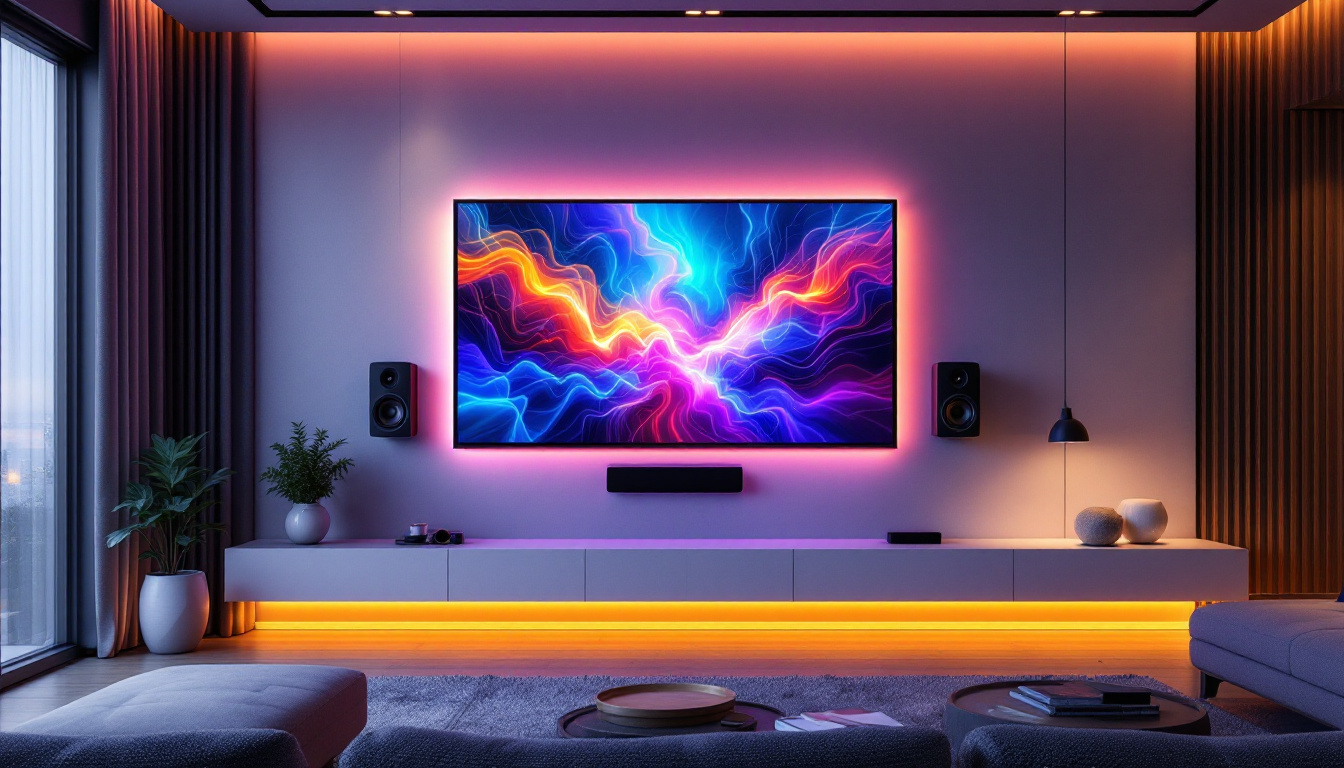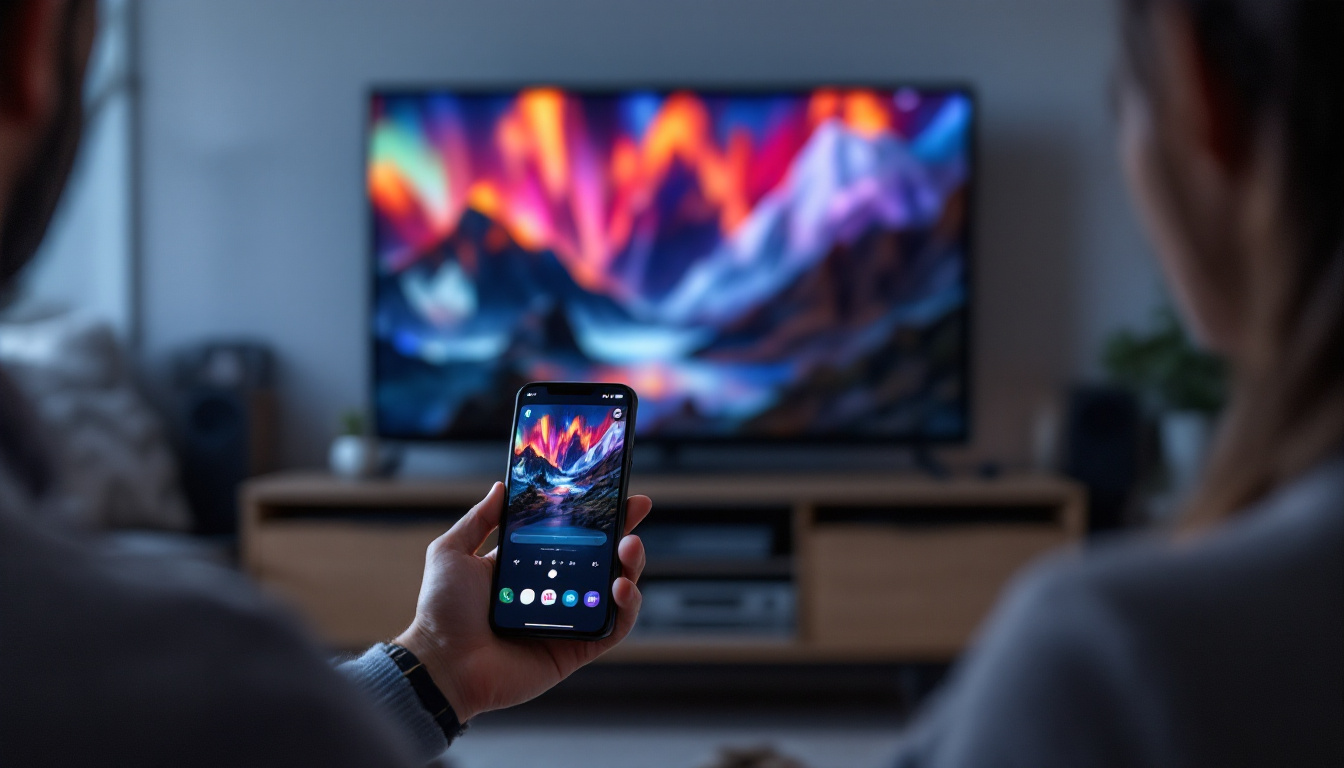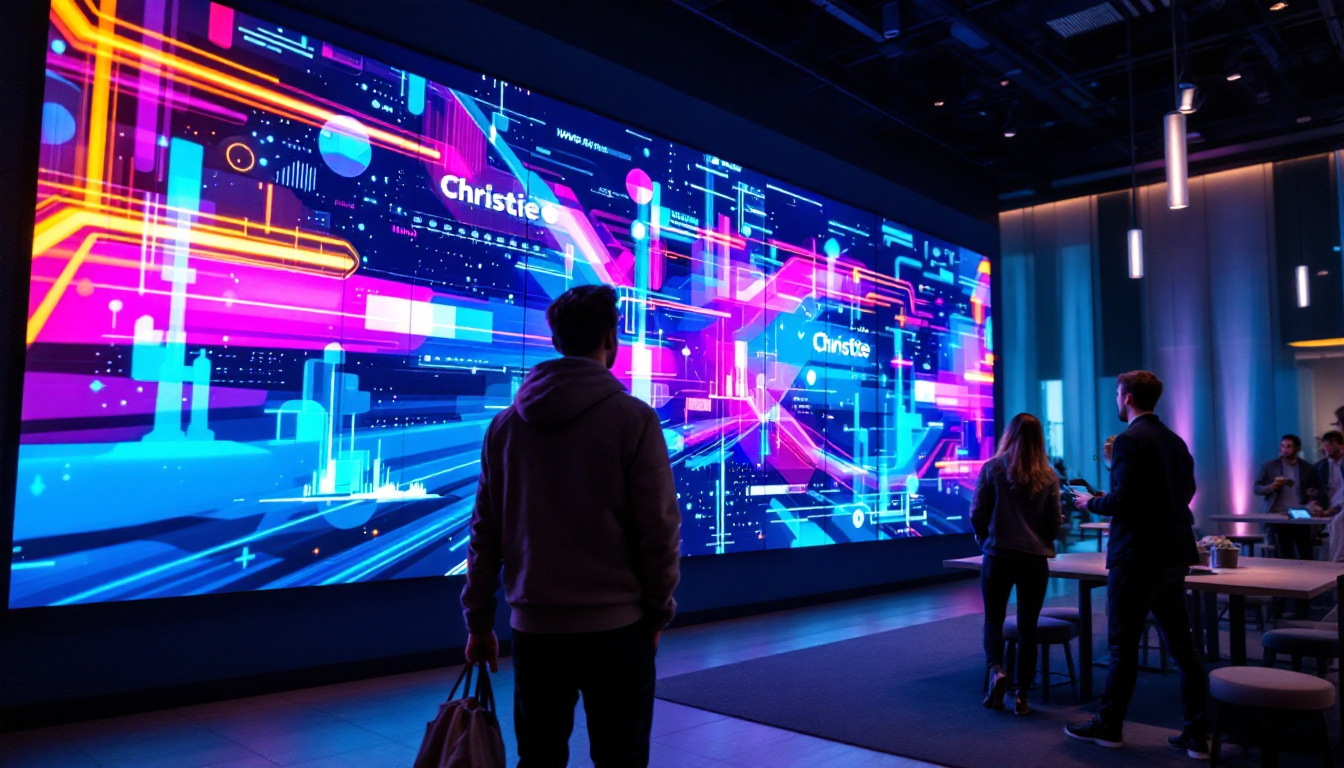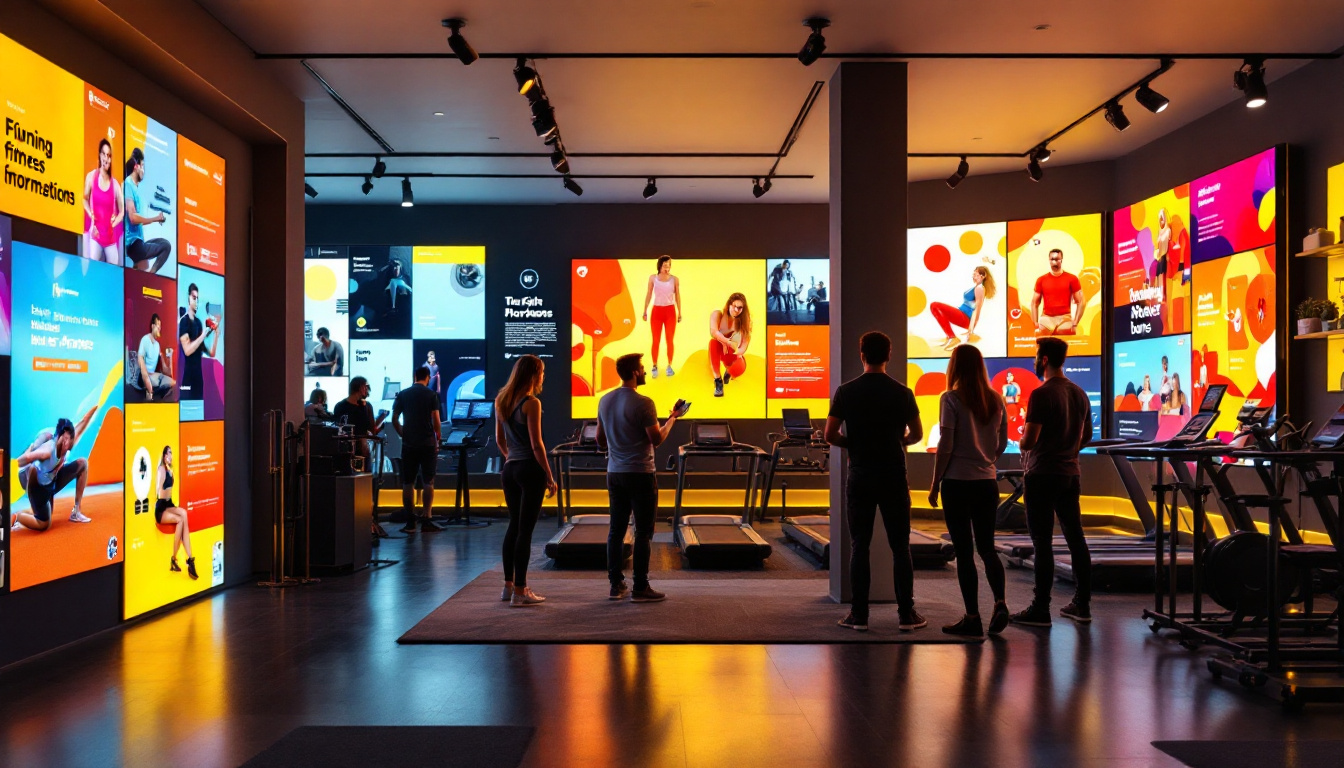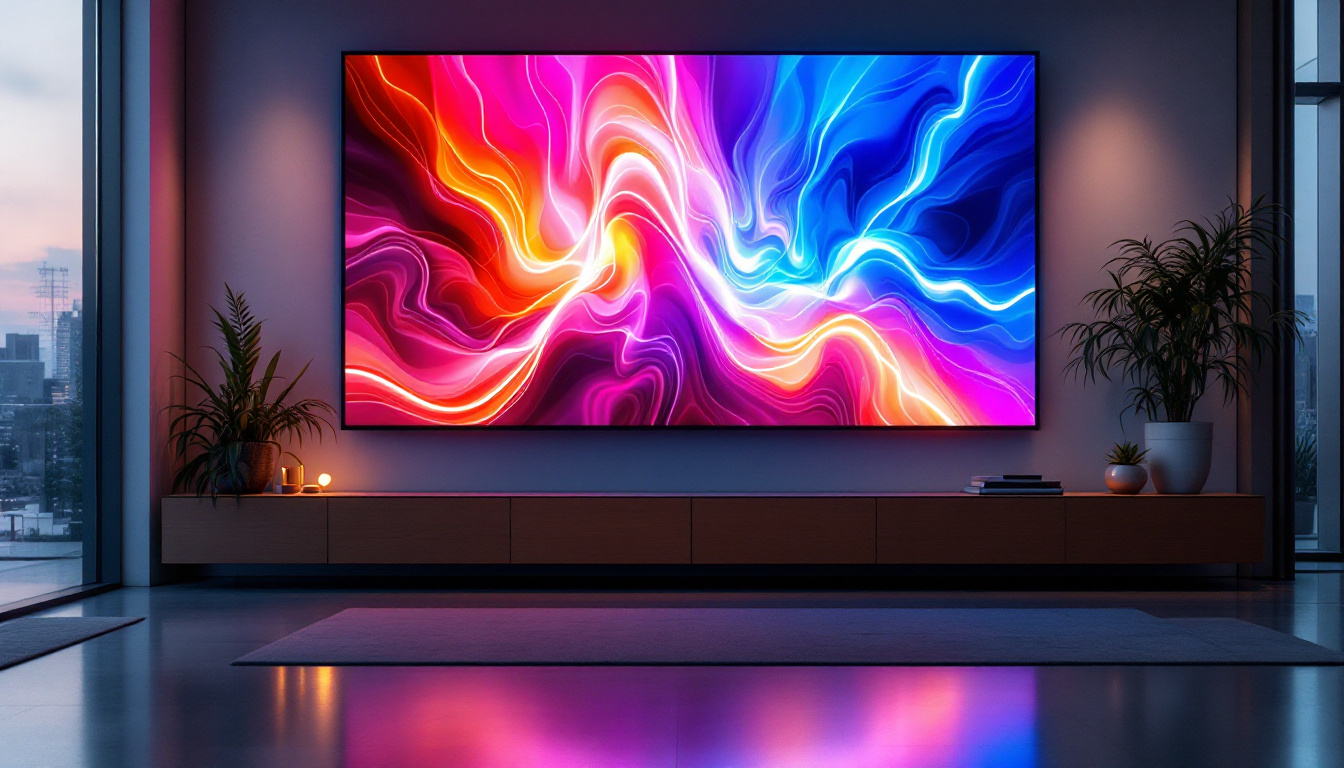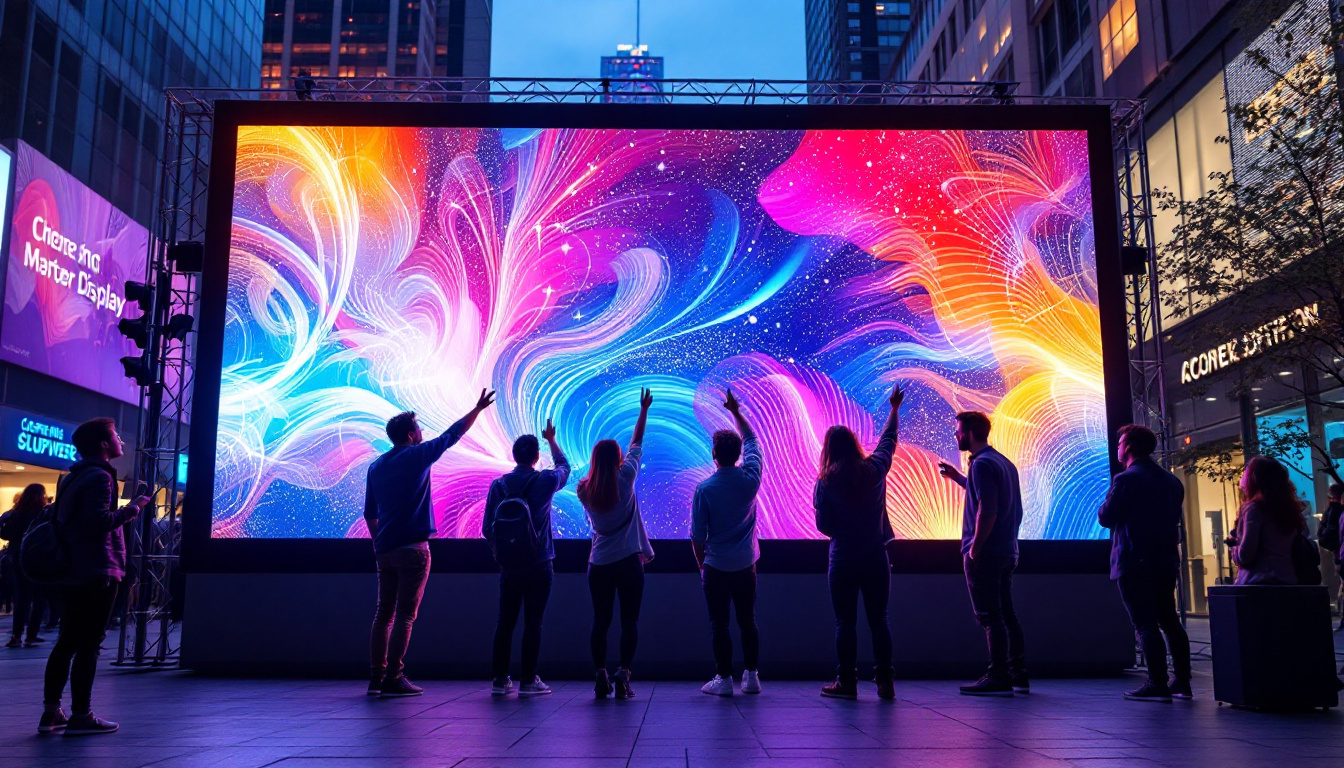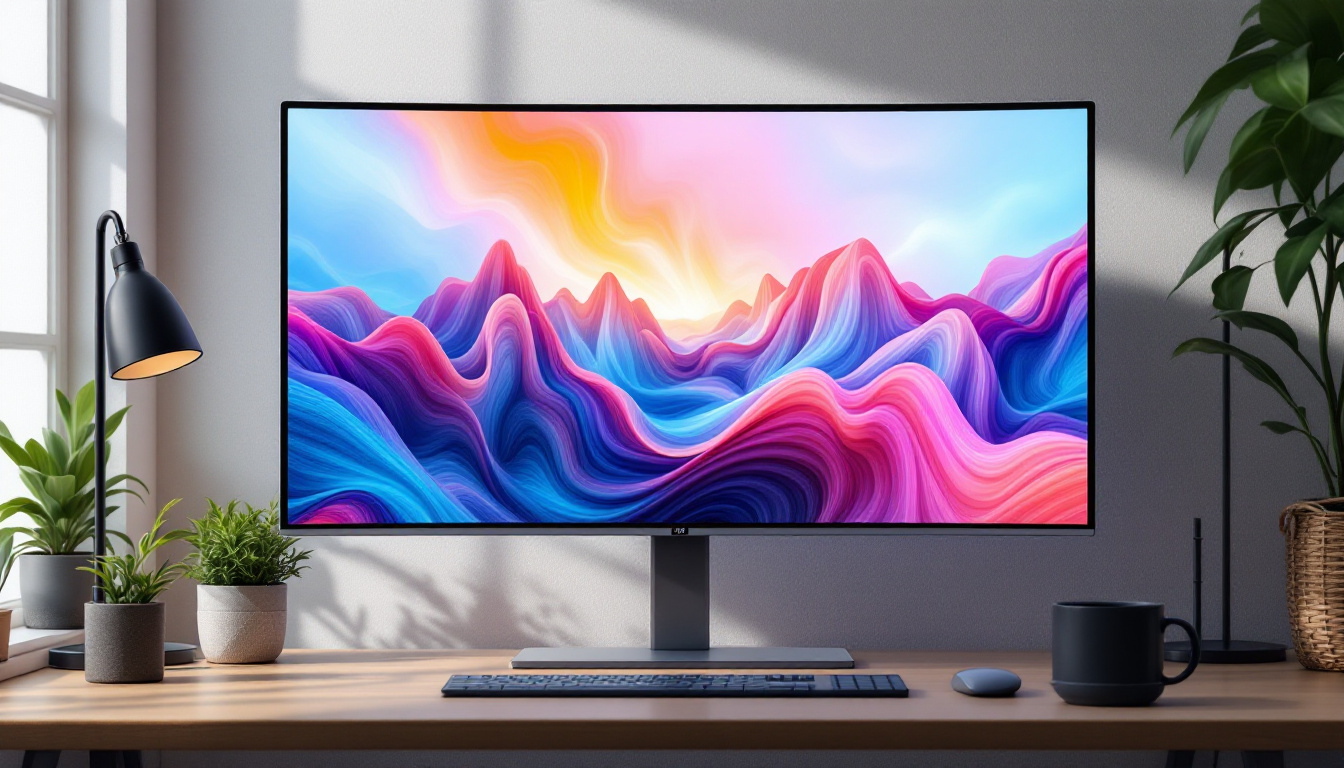In the world of modern architecture and interior design, the integration of technology has become increasingly crucial. One of the most notable advancements is the use of LED displays, particularly in commercial and public spaces. Among the various components that contribute to the effectiveness and aesthetic appeal of these displays, wall angles play a significant role. This article delves into the concept of wall angles in LED display installations, exploring their importance, types, and best practices for implementation.
Understanding Wall Angles
Wall angles are structural elements that provide a framework for mounting LED displays. They serve as the intersection between the wall and the display, ensuring stability and alignment. The design and installation of wall angles are critical for achieving the desired visual impact and functionality of the LED display.
The Role of Wall Angles in LED Displays
Wall angles facilitate the proper installation of LED panels, ensuring they are securely attached and positioned correctly. This is vital for maintaining uniformity in brightness and color across the display. Additionally, wall angles help manage the weight of the LED panels, distributing it evenly to prevent sagging or misalignment over time.
Moreover, wall angles can enhance the overall aesthetic of the installation. They can be designed to blend seamlessly with the surrounding architecture, contributing to a cohesive look that enhances the viewer’s experience. This is particularly important in high-traffic areas where visual appeal is paramount. The choice of materials and finishes for wall angles can also play a significant role in the overall design, as they can be painted or coated to match the interior decor, further integrating the display into its environment.
Furthermore, wall angles can incorporate additional features such as cable management systems, allowing for a clean and organized installation. This not only improves the visual aspect but also simplifies maintenance and troubleshooting, as cables can be neatly routed through the angles without cluttering the display area. Such thoughtful design considerations can significantly enhance both functionality and user experience, making wall angles a vital component in the successful deployment of LED technology.
Types of Wall Angles
There are several types of wall angles used in LED display installations, each serving unique purposes. The most common types include:
- Standard Wall Angles: These are basic angles that provide a straightforward mounting solution for LED panels. They are typically made from metal or sturdy plastic and are designed for easy installation.
- Adjustable Wall Angles: These angles offer flexibility in positioning, allowing for fine-tuning of the display’s angle and height. This is particularly useful in environments where viewing angles may vary.
- Custom Wall Angles: For unique architectural designs, custom wall angles can be fabricated to meet specific requirements. These angles can be tailored to fit irregular wall shapes or to match specific aesthetic goals.
In addition to these common types, there are also specialized wall angles designed for specific applications. For instance, some wall angles are engineered to withstand outdoor conditions, featuring weather-resistant materials that can endure exposure to the elements. These are essential for installations in outdoor venues or locations where the display may be subject to rain, wind, or extreme temperatures. Similarly, there are wall angles designed for high-security environments, incorporating features that prevent tampering or unauthorized access to the LED panels.
Another innovative development in wall angle technology is the integration of smart features. Some modern wall angles come equipped with sensors that can monitor the display’s performance and environmental conditions, providing real-time data that can be used for maintenance and optimization. This level of sophistication not only enhances the functionality of the LED display but also contributes to a more sustainable installation by ensuring that the system operates efficiently over time.
Benefits of Proper Wall Angle Installation
Installing wall angles correctly can yield numerous benefits that enhance the performance and longevity of LED displays. Understanding these advantages is essential for anyone involved in the planning and execution of display installations.
Improved Visual Performance
One of the primary benefits of proper wall angle installation is improved visual performance. When LED panels are mounted at the correct angle, they can achieve optimal brightness and color accuracy. This is particularly important in environments with varying lighting conditions, as well-aligned displays will maintain visibility and vibrancy.
Furthermore, well-installed wall angles help prevent issues such as color distortion or uneven brightness, which can detract from the viewer’s experience. By ensuring that each panel is correctly aligned, the overall impact of the display is significantly enhanced.
Increased Durability
Durability is another critical factor in the performance of LED displays. Properly installed wall angles provide the necessary support to withstand environmental factors and wear over time. This is especially true in high-traffic areas where displays may be subject to vibrations or physical contact.
Additionally, wall angles help protect the edges of LED panels, reducing the risk of damage during installation or maintenance. This proactive approach to installation can extend the lifespan of the display, ultimately saving costs on repairs or replacements.
Cost-Effectiveness
Investing in quality wall angles and ensuring their proper installation can lead to significant cost savings in the long run. By minimizing the risk of damage and ensuring optimal performance, businesses can reduce maintenance costs and improve the return on investment for their LED displays.
Moreover, the enhanced visual appeal and functionality of well-installed displays can lead to increased engagement and customer interaction, further justifying the initial investment.
Best Practices for Wall Angle Installation
To maximize the benefits of wall angles in LED display installations, adhering to best practices is essential. These practices ensure that the installation process is efficient and effective, leading to superior results.
Pre-Installation Planning
Before installation begins, thorough planning is crucial. This includes assessing the space where the LED display will be mounted, considering factors such as wall material, height, and viewing angles. Proper planning allows for the selection of appropriate wall angles that will accommodate the specific requirements of the installation.
Additionally, it is important to evaluate the electrical and data connections needed for the LED display. Ensuring that these connections are accessible and well-organized will streamline the installation process and prevent complications later on.
Professional Installation
While some may consider DIY installations, enlisting the help of professionals can significantly enhance the quality of the installation. Experienced technicians understand the nuances of mounting LED displays and can ensure that wall angles are installed correctly and securely.
Professional installation also provides peace of mind, as experts are equipped to handle any unforeseen challenges that may arise during the process. This can include adjustments to wall angles or the need for additional support structures.
Regular Maintenance and Inspection
After installation, ongoing maintenance and inspection are vital for ensuring the longevity and performance of LED displays. Regularly checking wall angles for signs of wear or misalignment can help identify potential issues before they escalate.
Additionally, maintaining the LED panels themselves is important. This includes cleaning the surfaces and checking for any signs of damage or malfunction. By prioritizing maintenance, businesses can ensure that their displays remain in optimal condition for years to come.
Challenges in Wall Angle Installation
While wall angles play a crucial role in the installation of LED displays, there are several challenges that can arise during the process. Understanding these challenges can help in developing effective strategies to overcome them.
Structural Limitations
One of the primary challenges in wall angle installation is dealing with structural limitations. Not all walls are created equal; some may be uneven, made from materials that are difficult to mount on, or lack the necessary support for heavy LED panels.
In such cases, it may be necessary to reinforce the wall or use specialized mounting solutions that can accommodate the specific conditions. This may involve additional costs and time but is essential for ensuring a secure installation.
Alignment Issues
Achieving perfect alignment is crucial for the visual performance of LED displays. However, alignment issues can arise during installation, leading to uneven displays that detract from the overall aesthetic.
To mitigate this risk, it is important to use precise measuring tools and techniques during installation. Additionally, double-checking the alignment before finalizing the installation can help catch any discrepancies early on.
Environmental Factors
Environmental factors such as humidity, temperature fluctuations, and exposure to sunlight can also pose challenges during installation. These factors can affect the materials used for wall angles and LED panels, potentially leading to warping or degradation over time.
To address these challenges, selecting materials that are resistant to environmental changes is essential. Additionally, considering the placement of the display in relation to sunlight and other environmental factors can help ensure its longevity.
The Future of Wall Angles in LED Displays
As technology continues to evolve, the role of wall angles in LED display installations is likely to change as well. Innovations in materials and design will pave the way for more efficient and aesthetically pleasing installations.
Advancements in Materials
Future developments in materials used for wall angles may lead to lighter, more durable options that are easier to install and maintain. These advancements could reduce the overall weight of LED displays, making them more versatile in terms of placement and installation.
Additionally, materials that offer better resistance to environmental factors will enhance the longevity of both wall angles and LED panels, ensuring that installations remain visually appealing and functional over time.
Integration with Smart Technology
As smart technology becomes increasingly prevalent, the integration of wall angles with automated systems may become a reality. This could include adjustable wall angles that can be modified based on the viewer’s position or lighting conditions, optimizing the display for various scenarios.
Such advancements would not only improve the visual experience but also enhance the functionality of LED displays, allowing for dynamic content that adapts to the environment.
Conclusion
Wall angles are a fundamental component in the installation of LED displays, playing a crucial role in ensuring stability, alignment, and visual performance. Understanding the types of wall angles, their benefits, and best practices for installation can lead to enhanced functionality and longevity of LED displays.
As technology continues to advance, the future of wall angles in LED displays holds exciting possibilities. By staying informed and adapting to new developments, businesses and designers can create stunning visual experiences that captivate audiences and enhance their environments.
Discover LumenMatrix LED Display Solutions
Ready to elevate your space with the latest in LED display technology? LumenMatrix is at the forefront of innovation, offering a diverse range of LED display solutions that transform environments and engage audiences. From Indoor and Outdoor LED Wall Displays to specialized options like Vehicle, Sports, and Floor LED Displays, our mission is to revolutionize visual communication. Embrace the future of digital signage with LumenMatrix and create a lasting impression. Check out LumenMatrix LED Display Solutions today and see how we can enhance your brand visibility and captivate your audience.

